by Julie Zeilinger, | September 9, 2024

Manu Prats / Stocksy
September 15 through October 15 is National Hispanic Heritage Month — a time for celebrating the history, culture, and contributions of Hispanic and Latinx Americans. So, what better time for us to elevate some of the incredible animal shelters and rescue organizations run by Hispanic and Latinx rescuers (who account for just under 20 percent of animal rescuers in the U.S.)?
In this article:
We’d love to introduce you to the following four Latinx- and/or Hispanic-run rescues and shelters that are making a difference across the country (and even beyond).

Alessandra Navidad / Arizona Animal Welfare League
Arizona Animal Welfare League
Alessandra Navidad is the President and CEO of Arizona Animal Welfare League (AAWL), Arizona‘s largest and oldest no-kill shelter. Navidad was born to immigrant parents from Brazil and Argentina and was raised in Miami, Florida. The fluent Spanish and Portuguese speaker worked as a journalist and a veterinarian assistant before assuming her leadership role at AAWL.
AAWL rescues, rehabilitates, and rehomes dogs and cats who have been abandoned or surrendered by their families, primarily by rescuing them from other shelters in Maricopa County, where they are likely to be euthanized. The shelter can hold 140 cats and 190 dogs, but the organization also has a foster parent network of about 90 families who care for puppies and kittens too young to be adopted, those recovering from medical procedures, or those who need socialization before adoption.
The organization runs the AWWL Community Clinic, a low-cost veterinary clinic, and monthly vaccine and microchip clinics. The AAWL also offers a program called “Bark Breaks," through which AAWL brings puppies and kittens to local offices to energize local workplaces while supporting their lifesaving work, and runs dog training classes.

Moncho Camblor / Compassion without Borders
Compassion Without Borders
Moncho Camblor, a bilingual native of Mexico City, co-founded Compassion Without Borders (CWOB), a rescue that works to bring veterinary care, spay and neuter programs, and rescue to animals on both sides of the Mexican/United States border, in 2001. The organization has several programs in the Central Valley of California and Mexico.
In the Central Valley, CWOB hosts monthly low-cost clinics for communities primarily composed of low-income Latino households who do not have access to spay/neuter or other veterinary services. The organization also offers a clinic in Mexico called Clinica Esperanza that provides free spay and neuter services to over 5,000 animals each year and provides nearly 2,000 free veterinary wellness visits. To date, CWOB has spayed or neutered over 12,500 dogs and cats in the U.S. and over 38,000 dogs and cats in Mexico.
Compassion Without Borders also has a rescue facility called Muttopia. Situated in Santa Rosa, California, Muttopia houses dogs rescued from impoverished communities in the U.S. and Mexico and gives them a place to recover medically and emotionally before they're available for adoption. The organization has rescued over 3,000 dogs in the U.S. and over 5,300 internationally.

Jessica Lopez / The Paw Mission
The Paw Mission
The Paw Mission is a non-profit organization that aims to help decrease shelter euthanasia through affordable, accessible veterinary care, compassionate animal sheltering, and empathetic humane education in Yucaipa, California. Executive director Jessica Lopez worked in the veterinary field for over 14 years, seven of which were with the largest non-profit veterinary organization in Los Angeles, where she helped successfully implement wellness clinics and vaccine clinics before founding Paw Mission.
The Paw Mission helps animals in various ways, including special programs for neonatal kittens and unsocialized or feral cats (whom they call their “Rodent Ranger Cat Team"), as well as a foster program. They also provide a subsidized vaccine program and educate the public about spaying and neutering.
Not only does the Paw Mission help animals, though, but the organization also works with high-risk groups of children, teens, and adults in underserved areas. They provide these groups a safe haven with programs such as PAWS for a Difference, which partners with California's Youth Camps to select up to 24 youth and 12 at-risk shelter dogs for each program cycle and involves participants readying their dogs for the Canine Good Citizen Certification. The organization also has a Humane Education school program that is dedicated to fostering knowledge of animal care among young people.

Angela Padilla / Family Dog Rescue
Family Dog Rescue
When Angela Padilla was 36 years old, she was diagnosed with an aggressive, high-risk case of breast cancer. A corporate lawyer by trade, Angela began volunteering at and fostering dogs through a shelter in San Francisco, which she credits with helping to save her life. In 2010, Angela founded Family Dog Rescue, which is devoted to saving homeless dogs no matter their breed, background, or disability. The Family Dog Rescuesaves over 1,000 dogs per year and welcomes dogs from both California's overcrowded municipal shelters and the streets of Mexico. The organization also sponsors the Loup Garou Animal Rescue, a rescue also founded in 2010 dedicated to saving black and dark-coated animals who are disproportionately euthanized in public shelters; runs a summer internship for teens; and runs a program called “Gatepath" which involves three to six differently abled adults volunteering at the organization's Sonoma shelter twice a week.

Moncho Camblor / Compassion without Borders
Bonus: Latinx Veterinary Medical Association
Another organization worth noting, The Latinx Veterinary Medical Association, founded by Yvette Huizar and Juan S. Orjuela in 2020, aims to improve Latinx representation in the field of veterinary medicine and vet-related professions. Though not an animal rescue organization, they highlight the work of Latinx veterinary professionals, many of whom partner with local rescue organizations and help promote bilingual veterinary practices to overcome barriers to enhancing animal welfare nationwide.
How to celebrate National Hispanic Heritage Month
Connect with Latinx and Hispanic dog rescuers (or any local rescue), and you can make a significant difference in the lives of animals in shelters and contribute to a more compassionate community.
Donate essential supplies: Consider donating food, blankets, toys, cleaning supplies, and medical equipment that are always in need.
Volunteer your time: Spend time volunteering at an animal shelter by walking dogs, cleaning cages, or socializing animals.
Foster animals: Fostering provides temporary homes for pets in need, giving them a chance to de-stress and find their forever families.
Spread awareness: Share information about animal shelters on social media, encourage friends and family to volunteer or donate, and attend local events promoting animal adoption.
Support local businesses: Patronize businesses that support animal shelters or donate a portion of their proceeds.
Adopt: And, of course, give a loving home to an animal in need. Start your search on Adopt a Pet.
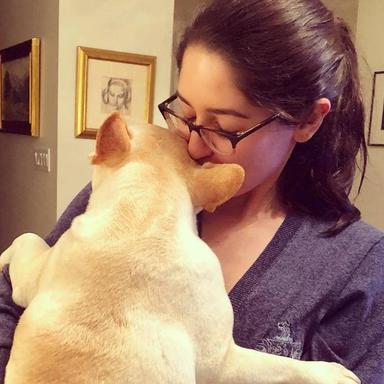
Julie Zeilinger
Julie Zeilinger is a NYC-based writer and editor whose writing has been published in Marie Claire, Vox, HuffPost, Forbes, and other publications. She is also the author of two books: College 101: A Girl’s Guide to Freshman Year (2014) and A Little F’d Up: Why Feminism Is Not a Dirty Word (2012). She is the mom to Baloo, a two-year-old Bichpoo and foster mom to dogs via Badass Animal Rescue.
Related articles
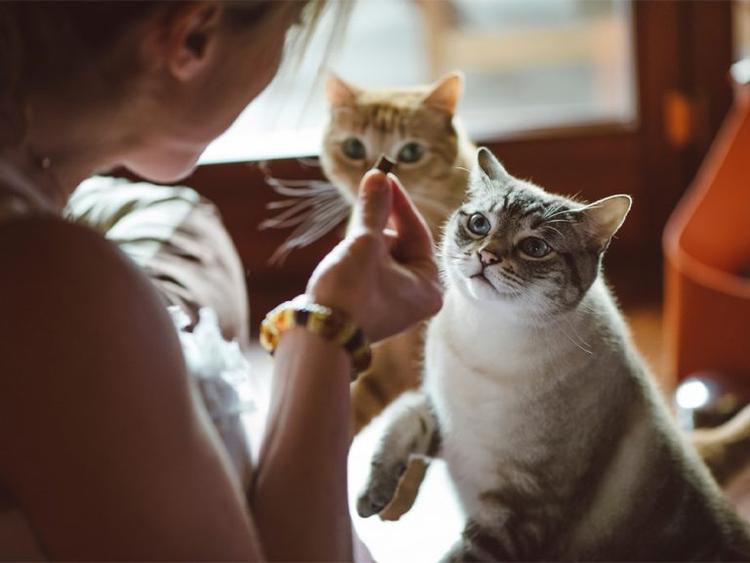
Shelters & Rescue
How to Help Shelter Animals Without Adopting
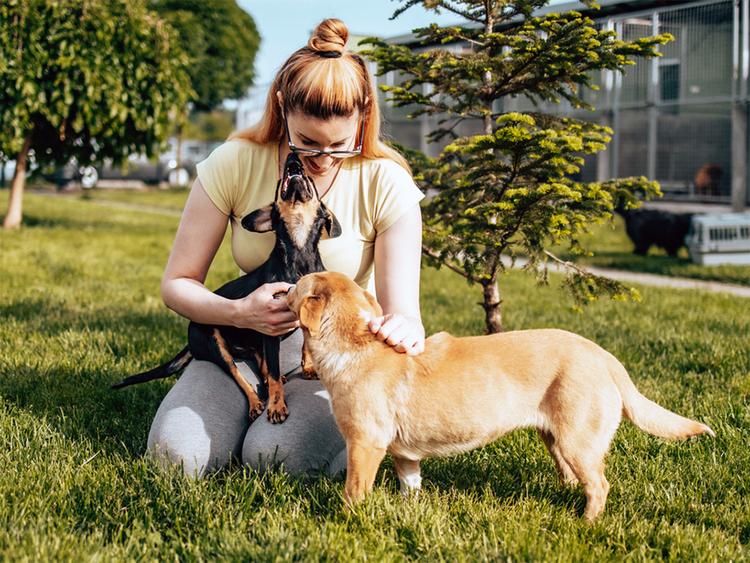
Shelters & Rescue
Small Dog Rescues: How Small Breed Rescues Save the Day

Shelters & Rescue
Mission Meow Has a Clever (Cat-Like) Approach to Fundraising

Shelters & Rescue
A Guide to Animal Shelter Terminology
Looking to adopt from a shelter? This guide will help you familiarize yourself with common shelter terminology about both the adoption process and pet profiles.

Shelters & Rescue
How to Walk a Shelter Dog
Daily walks are crucial for pets, especially for shelter dogs waiting for adoption. Learn how you can become a volunteer dog walker with these helpful tips.

Shelters & Rescue
How Petting Can Help Shelter Dogs Cope with Stress
This simple act can greatly benefit shelter pups (and humans, too).

Shelters & Rescue
Maui Humane Society’s Innovative Programs Unite Dogs and Island Visitors
This shelter program gives its dogs a day of fun, hanging with a vacationer who’s primed to go out and explore.

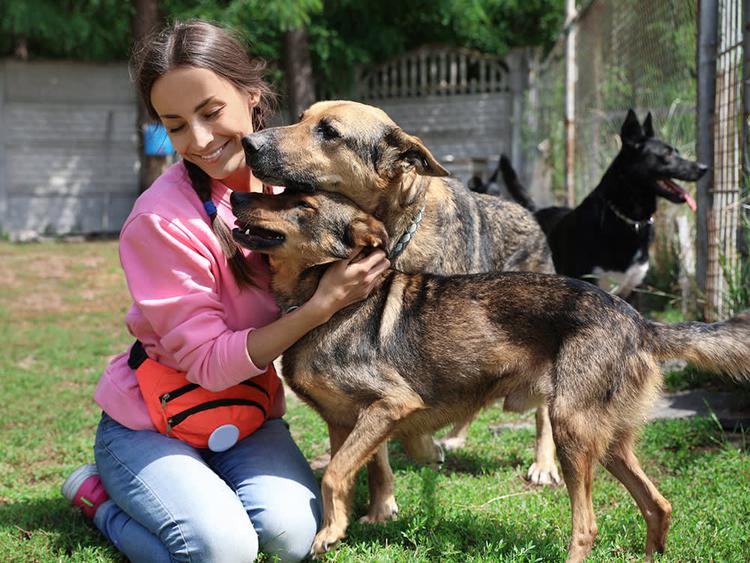
Shelters & Rescue
Pet Shelter Myths: Facts About Adopting from a Shelter
Debunk a few animal shelter myths and learn the benefits of adopting from a shelter or rescue group.
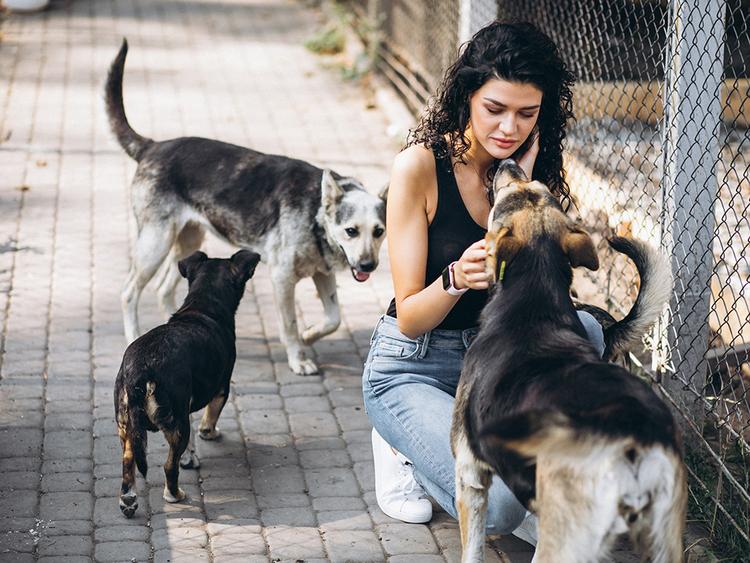
Shelters & Rescue
How to Prepare for an Animal Shelter Visit
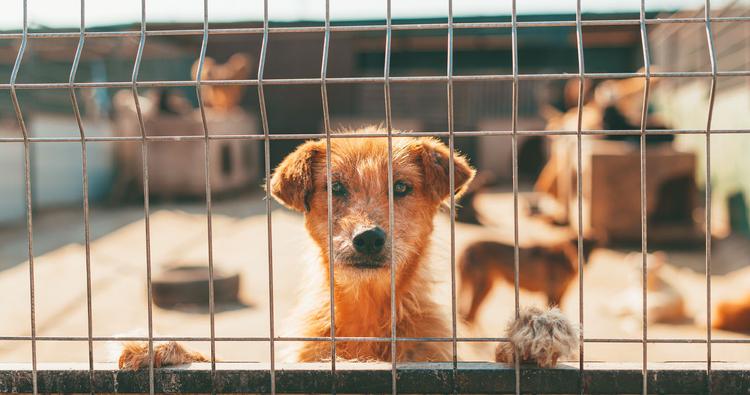
Shelters & Rescue
How Bad Is Pet Overpopulation?
Read on for the grim statistics and hopeful solutions to this national problem plaguing shelters and rescues alike
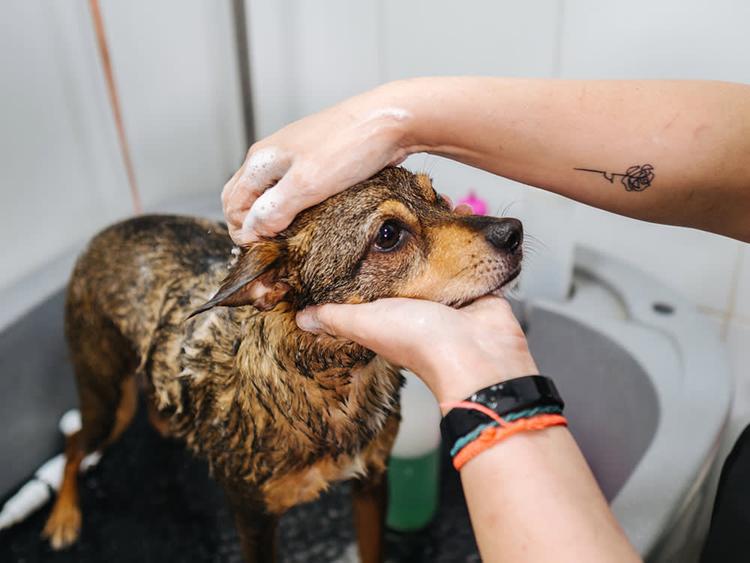
Shelters & Rescue